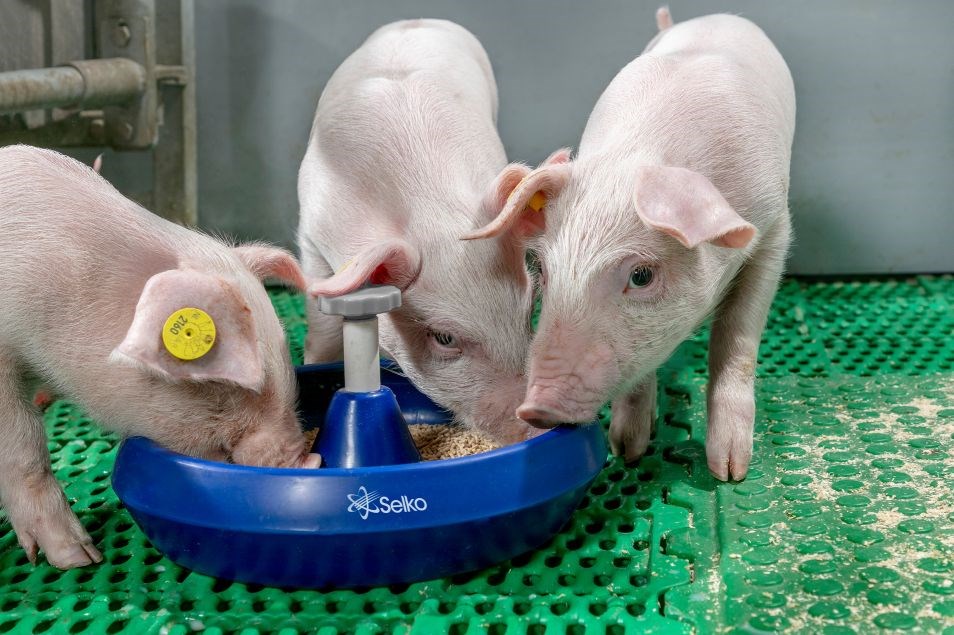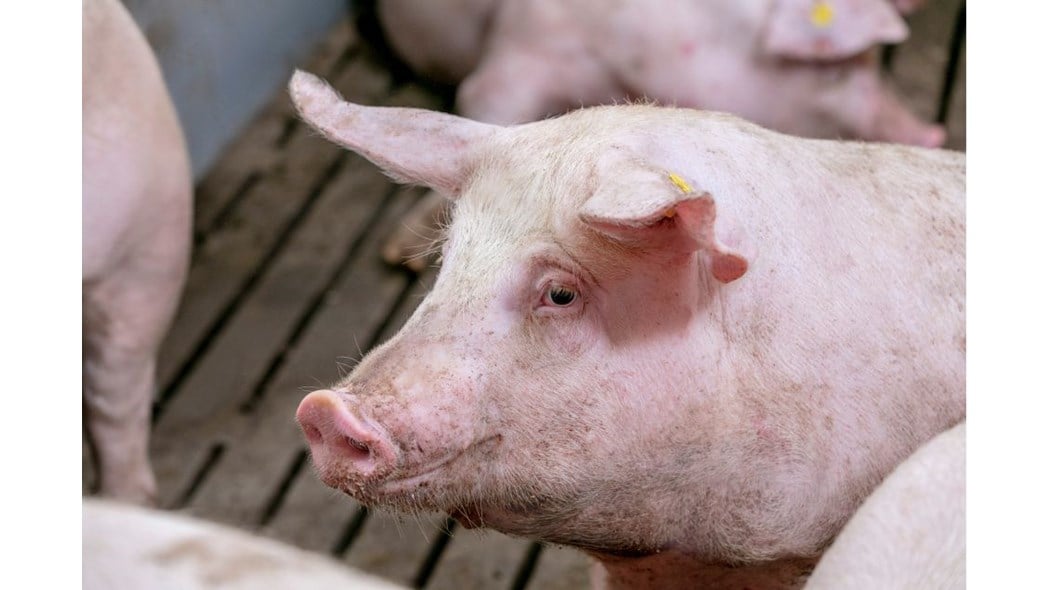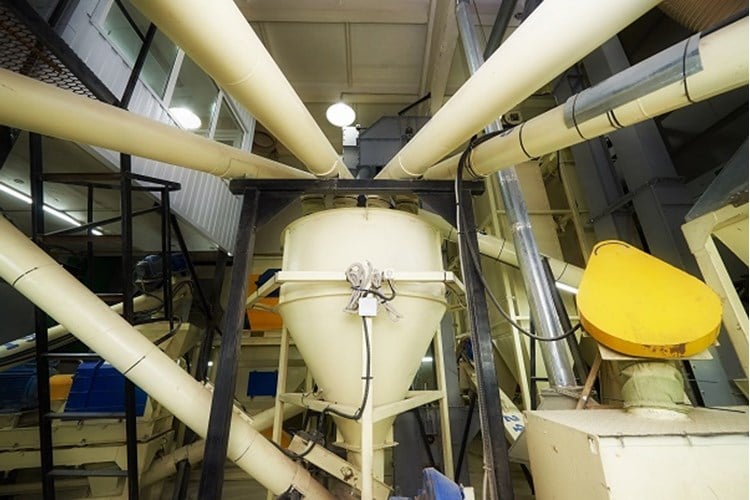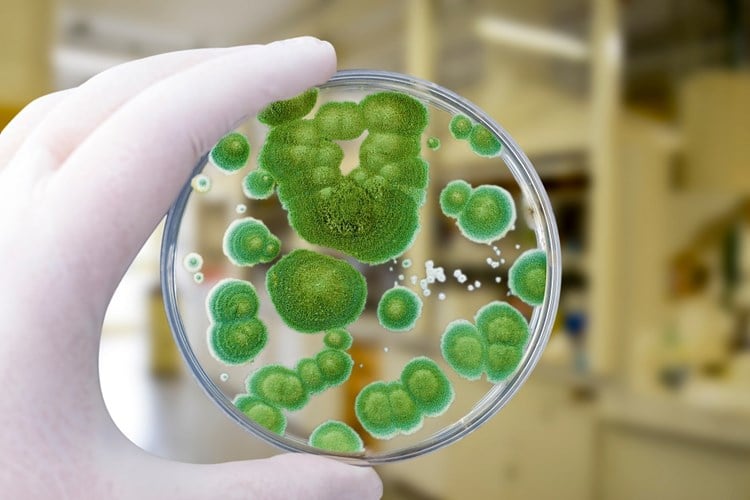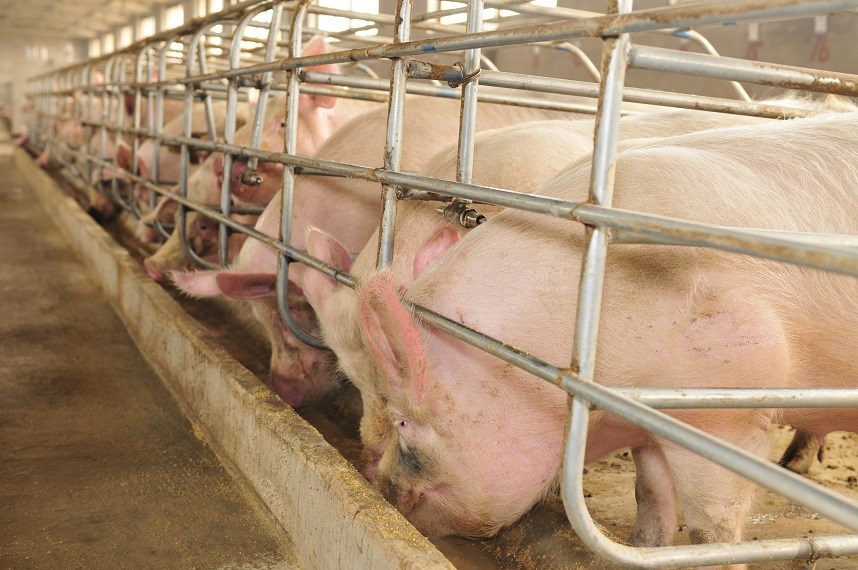
Liquid feeding
Liquid feeding systems for pigs have become popular in Europe and are emerging in other countries around the globe. This method of feeding involves computer-controlled feed production, mixing dry ingredients with either ethanol, water, or liquid by-products from brewing or other food industry processes. Re-using food by-products enables swine farmers to produce high-quality protein in a sustainable and cost-effective way. Liquid feed requires specific processing and storage systems to ensure that the feed remains homogenous and free from contamination. It is essential to prevent separation or settling of feed ingredients during storage, which could lead to inconsistent nutrient intake by pigs.
However, once mixing occurs, microbial proliferation begins. Harmful microbes such as yeasts, moulds and enterobacteria thrive in high-moisture feed, and, if not controlled, can cause nutritional losses and impact animal health. This is why it’s essential to put in place integrated solutions that include farm hygiene practices, microbial analysis, effective treatment solutions, and treatment of residue in liquid feeding systems.
